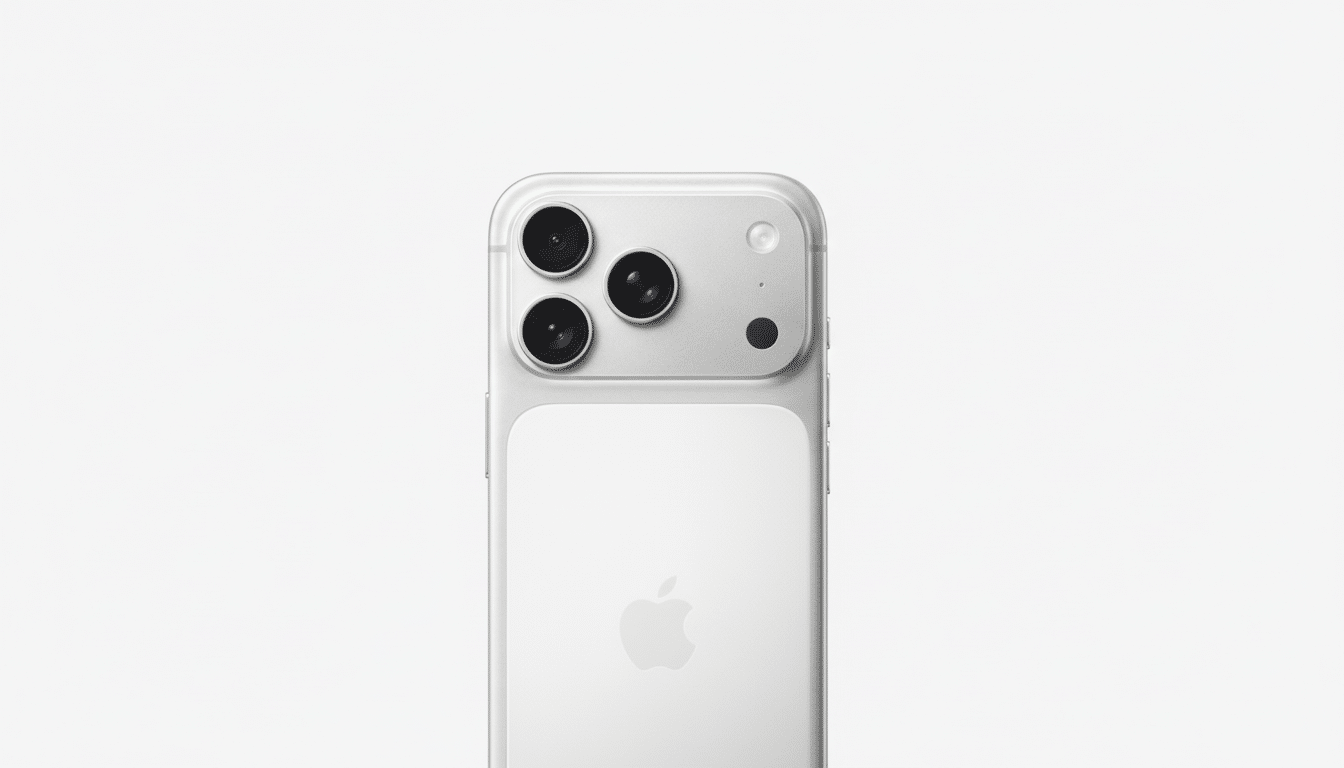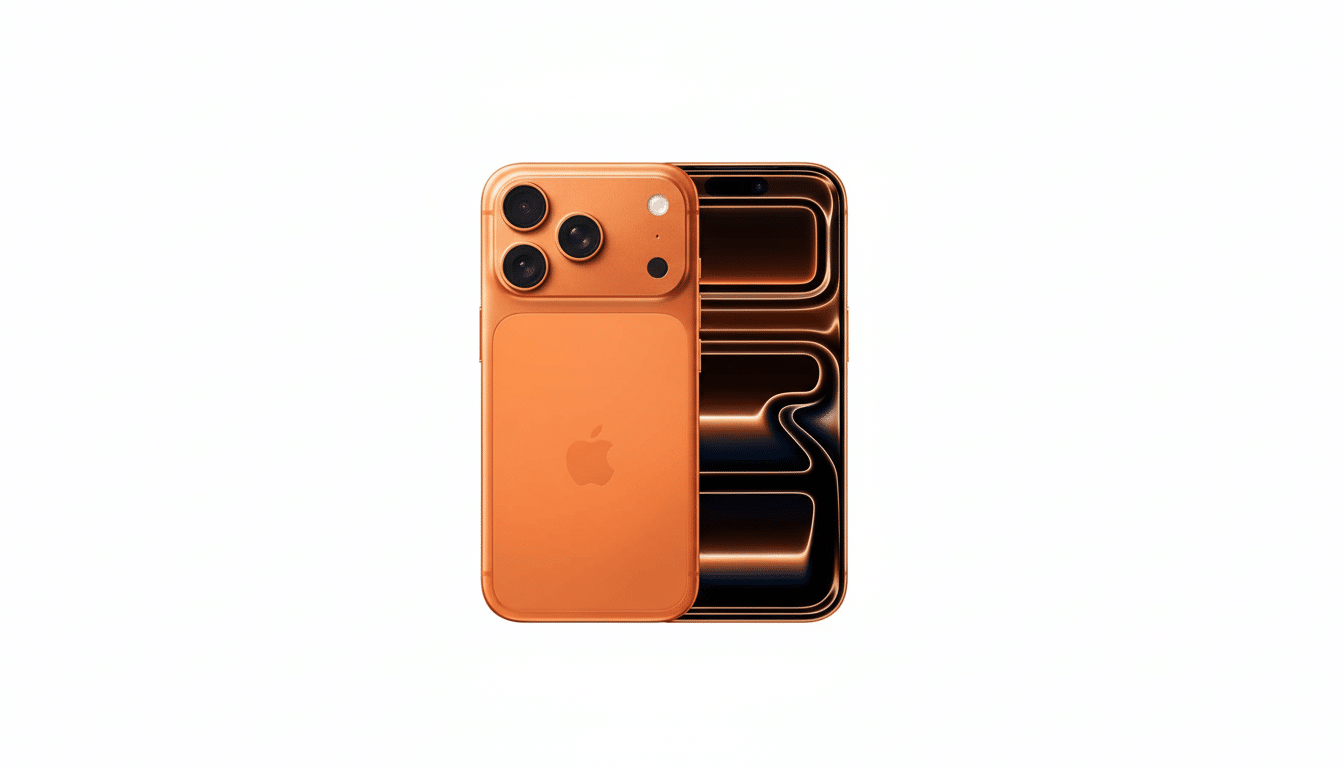I’ve carried Pixels for years, seamlessly adapting to Google’s cameras and Gemini features like a second skin. Then I used the iPhone 17 Pro as my daily driver for a month, out and about — calls, travel, festivals, a wedding — to answer one simple question: If you are a Pixel die-hard, should/could you make the switch?
Short version: Apple’s newest Pro makes the best case yet, especially for telephoto photography and video. But heat, battery life and lopsided AI hand‑me‑downs keep me on Android — at least for now.
- Design and display upgrades that impact daily use and comfort
- Apple Intelligence is promising but still in its infancy
- Camera upgrades that can attract even a committed Pixel fan
- Performance, thermals, and battery life in real-world use
- Ecosystem strengths and software longevity commitments
- Verdict: should a devoted Pixel user consider upgrading?

Design and display upgrades that impact daily use and comfort
Apple’s transition to unibody aluminum construction is a more significant move than it might appear. On paper, the Pro losing titanium is a mildly strange lede; in hand, well, the denser, jowlier frame and larger “camera plateau” are redesigned workarounds for two perennial pain points: shatter-prone backs and crammed tele modules.
The 6.3-inch Super Retina XDR display fits ergonomically in the sweet spot. It’s a sharp 120Hz canvas with a peak outdoor brightness level of 3,000 nits — just short of the Pixel 10 Pro’s 3,300 nits — but it also gets impressively dark for pre-dawn alarm snoozing. eSIM-only lingers, along with the customizable Action Button and a Camera Control that I had set to launch the shutter with one press.
Apple Intelligence is promising but still in its infancy
Apple Intelligence: It’s there, just not essential yet. Finally, notification prioritization is good for something, providing accurate bite-size summaries instead of last year’s fumbles. On top of that, Image Playground remains a little mixed up on style consistency, and Clean Up leaves artifacts in busy scenes where Google’s Magic Eraser tends to succeed instead.
The long‑hyped cross‑app, on‑screen awareness upgrade to Siri is still nowhere to be seen. On my Pixel, by contrast, Google’s Gemini features are already woven into everyday tasks — transcription, photo edits and context-aware nudges that actually stick. Not that surprising: Third-party research from places like Counterpoint and CIRP indicate both platforms have over 90% loyalty — and AI is one of the few levers available that can credibly pull at switchers. That is a gap that Apple has to close.
Camera upgrades that can attract even a committed Pixel fan
Here’s where it gets interesting. The iPhone 17 Pro retains 48MP main and ultrawide sensors but swaps out the 12MP 5× for a portrait‑friendly X‑Series MD (Magic Dynamic) version of the APO‑SUMMICRON‑M f/2 ASPH, replacing it with a larger sensor that has a double‑wide microlens pitch for faster AF, along with an f/1 equivalent aperture at maximum effective magnification. The higher resolution makes for 8× sensor‑crop “optical‑quality” shots, and total reach stretches to 40× with predictable softening beyond about 20×.
Results are great: crisp 4× frames with a natural contrast, convincing 8× detail and consistent color across the lenses.
Apple’s default tuning leans more on true‑to‑life exposures than full-on punchy saturation, and Photographic Styles allow you to crank warmth or contrast without needing to batter an image into submission. Video is still best-in-class for stabilization and dynamic range, with support for ProRes and 4K Dolby Vision up to 120fps for those who need headroom. The new 18MP Center Stage selfie cam follows you better in video calls and has cleaner looks across ratios.
If you shoot a substantial amount of portraits, street or candid telephoto, this is the first iPhone that really rivals Pixel’s stills — and beats it for video polish.

Performance, thermals, and battery life in real-world use
On the surface, the A19 Pro plus 12GB RAM almost feels like an admission from Apple that we live in a world of modern multitasking. In short, apps launch instantly, games load in a snap and photo edits are rapid to apply; it’s the same old single-core dominance in synthetic benchmarks with a stable GPU that mixes it with the best Android silicon from players like Snapdragon today.
But heat is real. Extended navigation, music streaming or GPU load brings the chassis to a warm state. That thermal ceiling has an impact on endurance: while Apple promised a vapor chamber, the 17 Pro’s battery drained unexpectedly quickly and fell short of both the Pixel 10 Pro XL’s stamina from its big ol’ 5,200mAh cell and Samsung’s S25 Ultra in our controlled usage mixes.
The charging is nicer, if still conservative. I saw peaks in the low‑30W range with a high‑output USB‑C brick, for an entirely plausible 50% charge in ~20 minutes with a long tail out to full. That’s fine for a quick top‑up, but 45W-class Samsungs or 80W OnePlus phones are on another level, and even the Pixel 10 Pro XL completed a full charge faster despite its bigger pack.
Ecosystem strengths and software longevity commitments
iOS 26 embraces Android‑like conveniences — richer lock screen options, smarter notifications, tighter home screen layouts — without sacrificing the “it just works” consistency. The update runway is a strength — Apple generally supports flagships for five years or more, and its vertical integration continues to pay dividends in optimization.
Google finally goes hard, like we’ve come to expect from its rival, Apple. Now Google promises seven years of OS updates and security fixes for recent Pixels. That does matter if you prioritize assured longevity on paper.
Verdict: should a devoted Pixel user consider upgrading?
The iPhone 17 Pro is the most “Android‑friendly” iPhone I’ve experienced — a polished construction, a lovely 4×/8× telephoto, industry‑leading video and just enough customization to make you feel at home. If your photo mix is heavy on portrait and tele, or you edit video on the go, it’s a compelling upgrade.
Yet for a Pixel owner, there are also three caveats:
- Apple Intelligence isn’t yet your daily driver.
- Thermals under load take a bite out of battery life.
- Charging remains conservative compared to rivals.
If those are pain points, the Pixel 10 Pro or 10 Pro XL still works better, with wider AI functions and stronger endurance.
Would I switch today? Not quite. Would I recommend the iPhone 17 Pro to a Pixel user interested in swapping sides? No — unless you’re willing to accept average battery life, or trade up to the Pro Max for a bigger cell. It’s the closest Apple has come to convincing an Android loyalist to switch, and that’s news.

